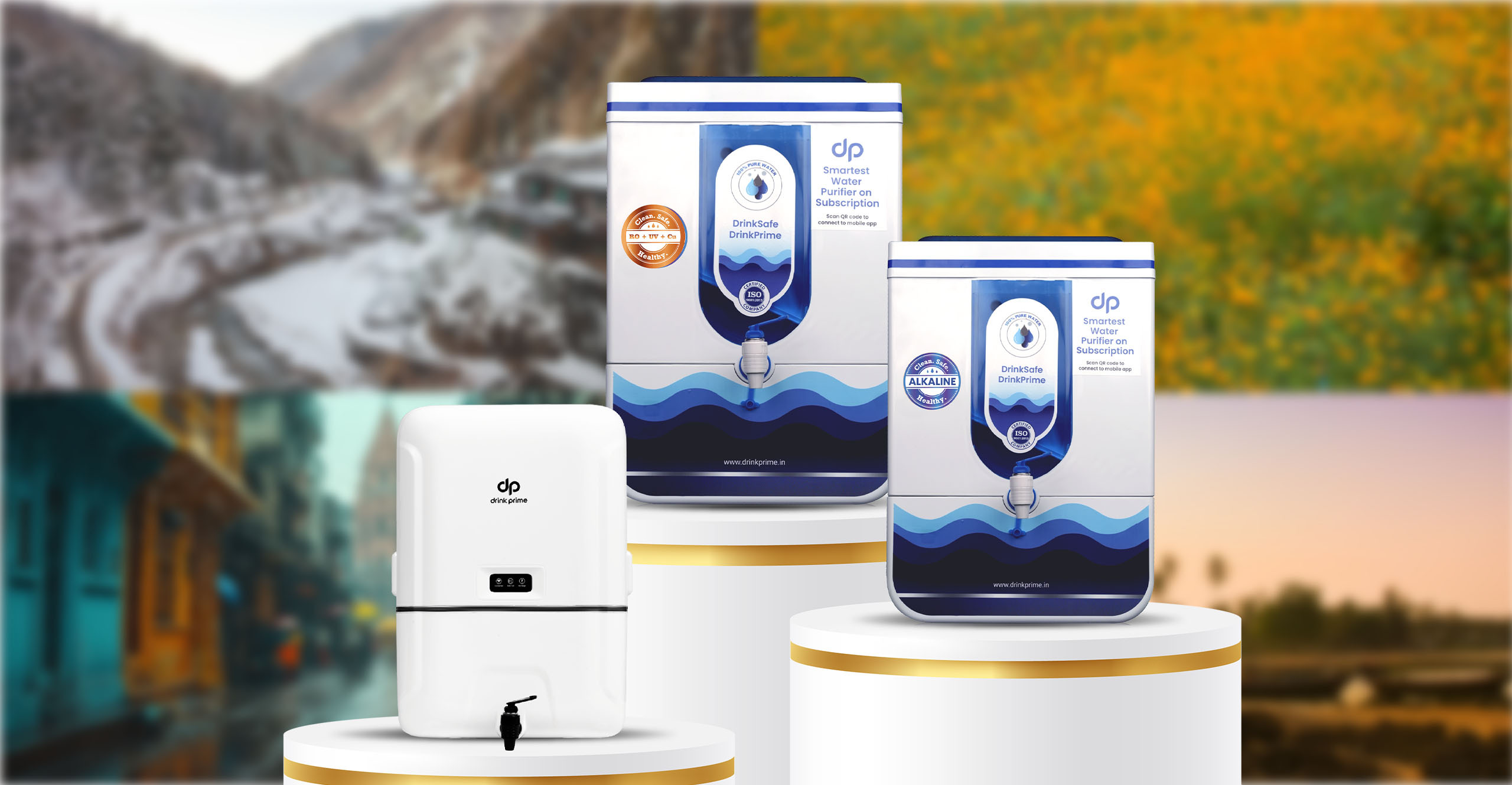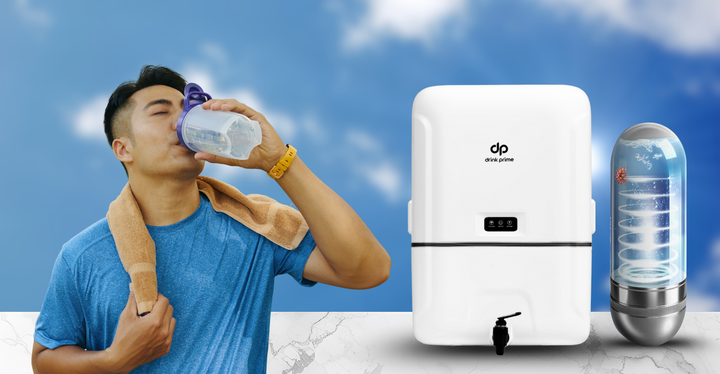Just as water is essential for survival, access to safe and pure water is vital for our well-being. With the extensive pollution of our environment and indiscriminate use of chemicals, our water bodies are severely strained and contaminated. The water that you get access to at home, whether from an underground bore well or through civic sources, may be riddled with a host of pathogens, traces of heavy metals, etc. Understanding the quality of water that you get access to is crucial, as it can significantly impact the health of your family, your household appliances, and even your home’s plumbing system. This is also an important but often overlooked criterion when choosing a new home.
In this blog, we explore ways to check if your home water quality is poor, why it’s important to ensure that you have access to good-quality water, and the factors that affect it.
How can you know that you have poor water quality?
- Unusual colour or murky water: Strange color of the water may be the first sign that your water quality is inferior. Check the color of your water before letting it run for a while. This will indicate whether your water is contaminated while sitting in your pipes. Fill it up in a glass and hold it against a white background. An orangish hue denotes iron or manganese and even rust from your pipes. A grey colour indicates calcium buildup or even bacterial infestation.
- Weird taste: You may notice a faint mineral-like taste in your water, especially if your source water is from a well. However, a stronger metallic taste may indicate a deeper problem. This may indicate lead contamination. Bitter tastes may point toward contamination by pesticides or other chemicals. Water testing is crucial in such cases.
- Odd texture; Even if your water appears clear and tastes alright, you may notice an odd greasy, film-like texture on your hands is left behind. This may indicate contamination through oil or grease runoff. A slimy texture may point toward hard water buildup.
- Bad odour: A rotten egg smell from your water may indicate the presence of sulfur. Excess amounts of this may cause stomach issues. A detergent-like smell from your water, although very rare, may indicate microorganism contamination. If your water smells like a swimming pool, there may be excessive chlorine, which may cause stomach infections and skin and eye irritations.
- Household appliances: If you notice a buildup on your sinks, taps, etc, you may have poor water quality. Red stains indicate iron, while blue points to copper presence. A yellow or brown stain means you have calcium or magnesium deposits. Poorly cleaned linens and dishes also point to poor water quality as certain minerals interact with soaps and make them harder to clean.
Why is good quality water important?
- Health: Drinking water quality has a direct impact on the health of the whole family. Water contaminated with pathogens leads to a host of waterborne infections, such as cholera, typhoid, etc., which can be fatal. Other problems, like skin, hair loss, and digestive issues, are often associated with poor-quality water. Regular testing and investing in a good purification system will go a long way in safeguarding the health of your family and ensuring the best quality water.
- Appliances: Poor-quality water can prevent the optimal functioning of expensive household appliances. Hard water and minerals like calcium and magnesium can cause scale build-up, shorten lifespan, increase energy consumption, and ultimately require appliance replacement.
- Environmental implications: Water treatment plants that process contaminated water risk leaching chemicals into natural water bodies. Careless disposal of contaminated water can also affect groundwater supplies, putting people’s lives at risk. Household detergents and wastewater from washing machines, among other things, can also cause environmental distress. A full house filtration system reduces these damages, providing the best water quality.
Major factors impacting water quality
- Excessive use: Excessive use of water supplies puts a severe strain on water bodies, often affecting their quality. When a community shares the same water source, overuse of this water may strain the local body source, leading to substandard water quality.
- Extensive pollution: This may be the most important factor negatively impacting water quality. We mustn’t dump things like oil, grease, chemicals, detergents, etc., down the drain, as it may affect the local water body. Fertilizers, household cleaners, overflowing septic tanks, insecticides, etc., are some of how our water sources get polluted.
- Ancient pipes and plumbing: If your home has old pipelines that you have not been inspected lately, then your water may be contaminated. The lead from the pipes can leach into your drinking water, often causing serious health issues. A metallic taste or discoloration can mean that pipes made from cast or galvanised iron are corroding. It is important to get your plumbing lines checked consistently to maintain the quality of your water.
- The environment in which we live can also greatly affect water quality in terms of sediment buildup. Factors like soil erosion and decomposing elements of animals and plants can cause soil erosion. Sediments can result from soil erosion, and once these mix with drinking water, they can greatly affect the quality and also lead to many health problems.
Get 7 Days Risk Free Trial
Conclusion
Ensuring your water is safe to drink is important for your health and the environment. The first step is to understand what affects water quality so you can take the right actions to keep it clean.
One great way to ensure safe drinking water at home is to use the DrinkPrime RO + UV water purifier. We use advanced technology to remove harmful substances from your water, ensuring it’s clean and safe for you and your family.
You can subscribe to us and enjoy clean, safe, and healthy drinking water 24/7!




